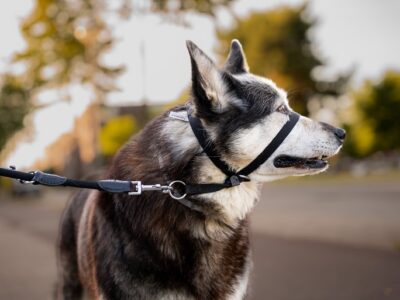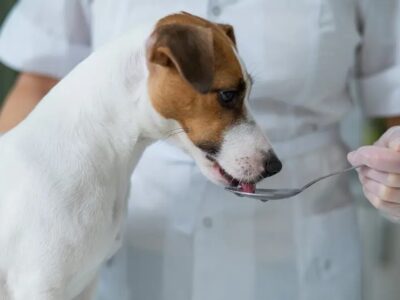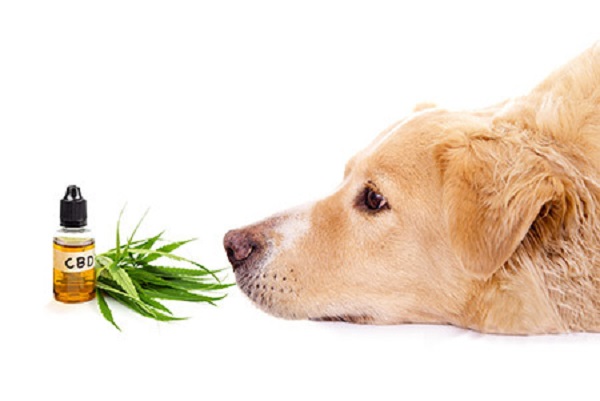
The health of our canine companions is of utmost importance to many dog owners. While we often focus on their diet, exercise, and general well-being, it’s essential not to overlook the health of their eyes. Dogs, like humans, can suffer from a range of eye diseases that can impact their vision and overall quality of life.
We’ll delve into the intricacies of common dog eye diseases, their signs, and symptoms, and how they can develop.
Eye Diseases in Dogs
Eye diseases refer to conditions that impair the normal functioning of the eye. These diseases can affect various parts of the eye, including the lens, retina, cornea, and even the surrounding tissues. The manifestation of eye diseases in dogs can vary widely, from minor irritations to serious conditions that may lead to blindness.
Comparatively, while many eye diseases are common between dogs and humans, the onset, progression, and treatment might differ. Some diseases are more prevalent in specific dog breeds due to genetic predispositions. Understanding these diseases is crucial for early detection and timely intervention.
Signs and Symptoms of Common Dog Eye Diseases
Conjunctivitis (Pink Eye)
Signs & Symptoms: Redness, swelling, and discharge from the eyes. The dog may frequently squint or blink and may be observed pawing at its eyes.
Development: This condition arises when the conjunctiva, the tissue lining the inside of the eyelids, becomes inflamed. Causes can include allergies, foreign objects in the eye, bacterial or viral infections, or other underlying diseases.
Prevention: Ensure that your dog’s living environment is clean and free from potential allergens or irritants. Regularly check their eyes for foreign objects, especially after outdoor activities.
Cataracts
Signs & Symptoms: Cloudiness or opacity in the eye, decreased vision, and clumsiness. In advanced stages, the entire lens might appear white.
Development: Cataracts develop when the lens of the eye becomes cloudy. This can be due to ageing, genetics, diabetes, trauma, or exposure to certain toxins or medications.
Prevention: Regular vet check-ups can help detect the early stages of cataracts. While some causes, like genetics, are unavoidable, a well-balanced diet with adequate antioxidants can play a role in prevention. Also, avoid direct trauma to the eyes.
Glaucoma
Signs & Symptoms: Redness, visible discomfort, increased tear production, cloudiness, or an enlarged eye. In chronic cases, loss of vision can occur.
Development: Glaucoma is caused by increased pressure within the eye, which damages the optic nerve. It can result from genetic factors, inflammation, tumours, or an injury to the eye.
Prevention: Routine eye exams by your vet can help in early detection, especially in high-risk breeds. Being vigilant about signs and addressing any eye inflammation promptly can reduce the risk.
Cherry Eye
Signs & Symptoms: A visible red, fleshy protrusion in the corner of the dog’s eye.
Development: Cherry eye occurs when the gland of the third eyelid, which plays a role in tear production, prolapses or slips out of position. The exact cause isn’t always known, but it’s more common in certain breeds like Cocker Spaniels and Bulldogs.
Prevention: While cherry eye is often a hereditary condition, ensuring that the eyes aren’t subjected to trauma or excessive rubbing can help. Also getting the complete history of your pet from your trusted dog breeder is critical but again, regular vet visits are top priority for breeds prone to this condition.
Keratoconjunctivitis Sicca (Dry Eye)
Signs & Symptoms: Sticky yellow discharge, frequent blinking, redness, and irritation. The dog may also scratch at its eyes due to discomfort.
Development: This condition arises when there’s inadequate tear production, leading to dryness. It can be a result of immune-mediated conditions, certain medications, or congenital issues.
Prevention: Regularly monitor your dog’s eyes for signs of dryness or discharge. If your dog is on medication, ask your vet about potential side effects related to tear production.
Proactive Measures for Dog Eye Health
Just as with human health, preventive measures can be instrumental in ensuring our canine companions maintain good eye health. Here are some general guidelines for sustaining your dog’s eye health:
- Regular Check-ups: Schedule annual vet visits for your dog. An eye exam should be a part of this routine check-up to catch any potential issues early on.
- Dietary Care: A balanced diet rich in antioxidants, vitamins, and minerals, particularly vitamin A, can aid in maintaining good eye health.
- Safe Play: When playing fetch or other games, use soft toys that won’t harm the eyes. Avoid small objects that can accidentally strike the eye.
- Grooming: If your dog has long hair, ensure that it doesn’t obstruct their eyes. Trim the fur around the eyes regularly and clean any accumulated discharge.
- Environmental Protection: In dusty environments or during windy days, it’s a good idea to offer some protection to your dog’s eyes. There are specially designed dog goggles (like “Doggles”) available.
- Cleanliness: Wipe away any crust or discharge around the eyes with a clean, damp cloth. Always use a separate area of the cloth for each eye to prevent potential cross-contamination.
- Avoid Direct Exposure to Chemicals: Be cautious with household chemicals, especially when using them near ground level where your dog can access them. Always keep cleaning agents, insecticides, and other chemicals away from your dog’s reach.
Conclusion
Eye health is an essential aspect of a dog’s overall well-being. Familiarising oneself with the signs and symptoms of common eye diseases can make a world of difference in ensuring timely treatment and potentially preserving your pet’s vision. If you notice any abnormalities in your dog’s eyes or any changes in behaviour that suggest eye discomfort, consult with a veterinarian immediately. Regular check-ups can also help in early detection and management of potential issues.









